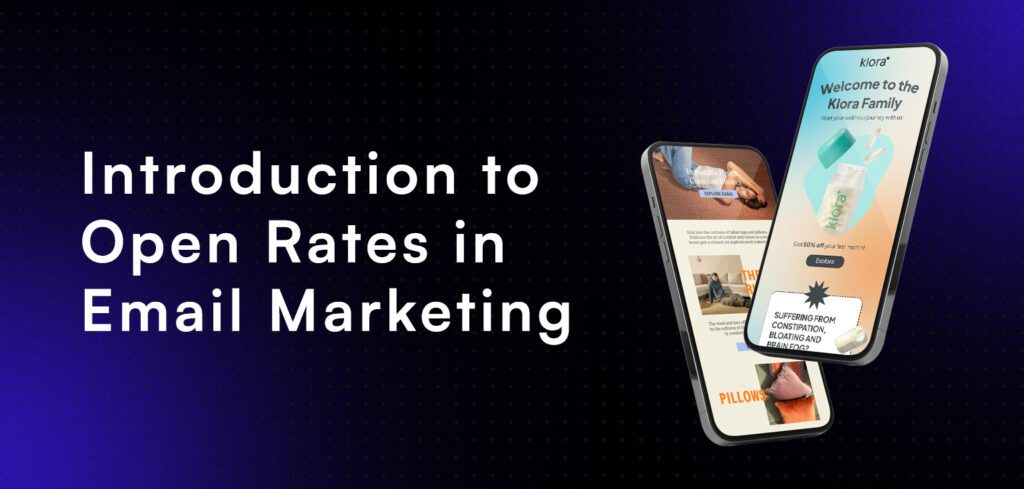Open rates in email marketing are a crucial metric, often seen as the first indicator of campaign success. But what really constitutes a good open rate, and how can it be improved? This blog explores the intricacies of open rates – the silent yet powerful pulse of your email marketing campaigns. Are your emails captivating enough to be opened, or are they lost in the abyss of the inbox? Dive in to uncover the secrets behind boosting your email open rates and understand why this metric is more than just a number.
Understanding Open Rates
Open rates measure the percentage of recipients who open a given email. It’s a direct reflection of how well your subject line performs and how engaged your audience is. But understanding open rates goes beyond just tracking a percentage. It’s about comprehending the behavior and preferences of your audience.
Factors Influencing Open Rates
Several elements can impact your email’s open rates. These include:
- Subject Line Appeal: The first impression matters. A compelling subject line can make or break the open rate.
- Sender Reputation: If you’re recognized as a valuable sender, your emails are more likely to be opened.
- Timing of Delivery: The day and time an email is sent can significantly affect open rates.
- Frequency of Emails: Over-sending can lead to list fatigue, while under-sending might make you forgotten.
- Audience Segmentation: Tailoring emails to specific segments of your audience can increase relevance and, consequently, open rates.
What is a Good Open Rate?
Defining a ‘good’ open rate can be subjective and varies across industries. Generally, an average open rate ranges from 30% to 45%. However, this number can fluctuate based on the type of audience, the nature of the email, and industry standards.
Improving Your Open Rates
Enhancing open rates isn’t just about tweaking a few elements; it’s a comprehensive approach:
- Crafting Irresistible Subject Lines: Learn the art of creating subject lines that pique curiosity and drive opens.
- Optimizing Send Times: Discover the best times to send emails for your specific audience.
- Personalization Techniques: Personalize your emails beyond just using the recipient’s name.
- A/B Testing: Constantly test and adapt your strategies based on real-time feedback.
- Segmentation Strategies: How to segment your list for targeted and relevant communication.
Open Rate Pitfalls to Avoid
Beware of common pitfalls that can negatively impact your open rates, such as:
- Ignoring Mobile Optimization: With most emails opened on mobile devices, ignoring this platform can be detrimental.
- Neglecting List Hygiene: Regularly cleaning your email list ensures you’re sending to engaged and active subscribers.
- Overlooking Email Preview Elements: Beyond the subject line, the preheader text plays a crucial role in driving opens.
Analyzing and Interpreting Open Rates
It’s not just about the numbers. Understanding what your open rates signify and how they correlate with other metrics is key to a holistic email marketing strategy. Learn how to analyze open rates in the context of overall campaign performance.
Conclusion: More Than Just a Number
Open rates are more than just a percentage; they’re a gateway to understanding your audience’s engagement and preferences. By focusing on open rates and the factors influencing them, you’re not just aiming for a fleeting glance at your email; you’re striving for meaningful engagement that can drive your marketing goals forward.


